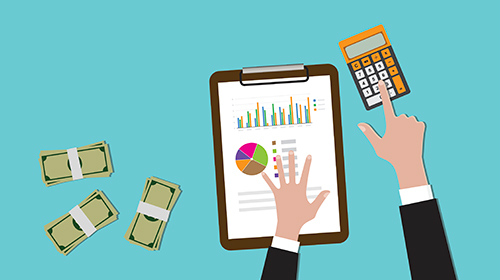Valuing Intellectual Property Assets
An enterprise’s assets can be divided into two categories: tangible assets – including buildings, machinery, equipment, cash and office supplies; and intangible assets – that lack physical existence and are fruits of a company’s creative and innovative talents.
For many enterprises intangible assets have become more valuable than their tangible assets, and are key to their success. They create a basis for enhancing the company’s value.
IP assets are legally protected and that protection can be enforced in a court of law. They can be independently identified, are transferrable, and have an economic lifespan. Depending on the nature of your intangible assets, you are offered different legal instruments by which you may protect and ultimately benefit from using them. IP protection and management should be a key element of your business strategy.
It is important to understand the economic value of your IP assets by carrying out an IP valuation. Having an idea of how much your assets may be worth will be helpful for various transactions including licensing, sale, donation of IP rights or entering into joint ventures and other collaborative arrangements.






